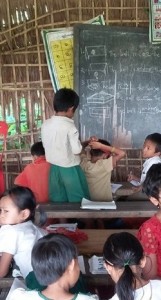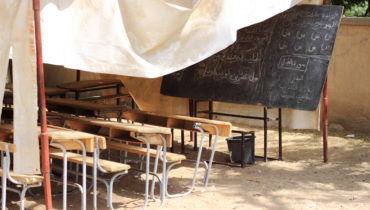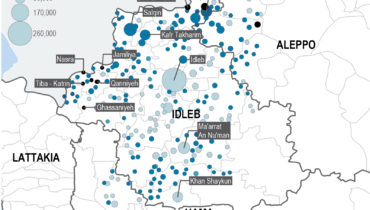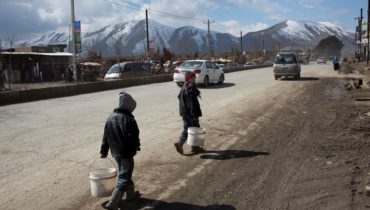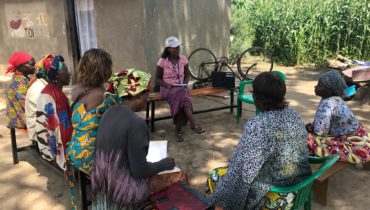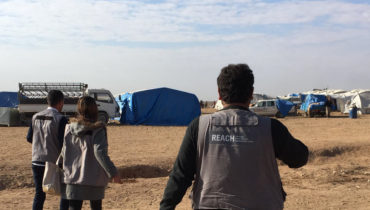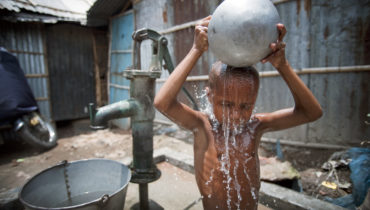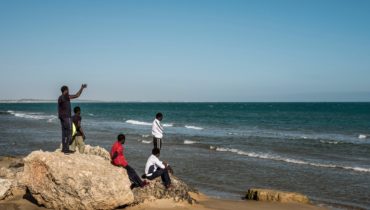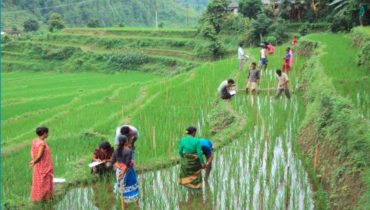Education Needs Assessment in North Rakhine State, Myanmar
19 January 2016
Physically isolated from the rest of Myanmar, by inaccessible ranges of mountains and hills, is the state of Rakhine. A combination of geography, history and ethno-regional politics, has seen Rakhine’s social and economic development slow down. Sporadic tensions between Buddhist and Muslim communities have characterised much of Rakhine’s modern history, but erupted most recently and dramatically in 2012. For the past three years, much of the northern part of Rakhine was affected by outbreaks of violence that saw approximately 145,000 people displaced into temporary camps.
Consequently, Rakhine’s education sector was significantly impaired. Today, an estimated 60,000 children aged 3-17 years, residing in internal displacement camps, are unable to access formal education. Additionally, existing education facilities in communities hosting displaced populations are under tremendous strain. To facilitate a joint education needs assessment for the Rakhine Education in Emergencies (EiE) Sector, REACH was mobilized to the region and collected primary data between September and October 2015. The assessment covered schools and communities in Maungdaw, Buthidaung, Rathedaung, Sittwe, Pauktaw, Kyauktaw, Mrauk-U, Minbya and Myebon townships, and was conducted in collaboration with EiE sector partners Plan International, Save the Children International, Lutheran World Federation and UNICEF.
Through the assessment, REACH was able to identify key barriers keeping children out of school. One of the most critical factors, found to determine access to education, was household poverty status. This inevitably interacted with factors such as a village’s geographical remoteness, the presence or absence of schools, the presence or absence of transport links, and the presence or absence of conflict dynamics restricting movement or access. These factors were also found to be entangled with the quality of education. For example, remote, inaccessible or areas affected by conflict were more likely to be under-resourced and understaffed. Finally, the economic and political marginalisation of Rakhine relative to the rest of the country was also found to be overarching barrier to access to education. Read the complete assessment report here.
Overall, REACH assessment provided evidence to key education responders on the current state of education quality, utilisation and access, thereby informing aid actors’ medium-term programming, planning and advocacy strategies.
Image: Basic education primary school, Myebon township

